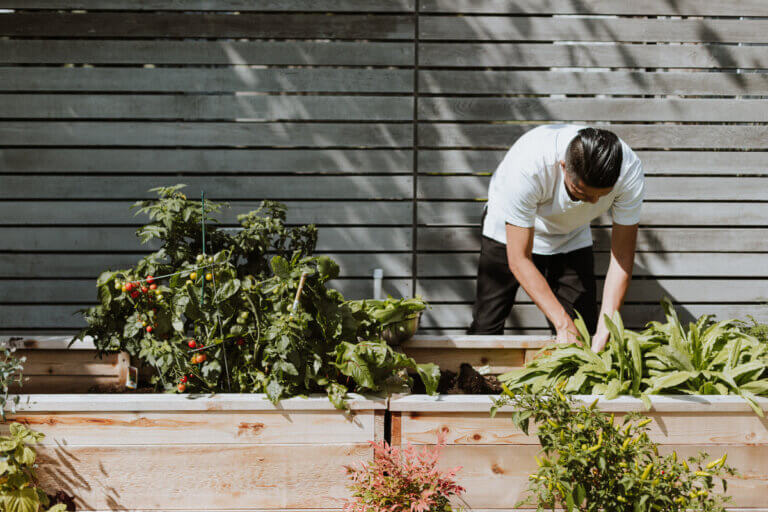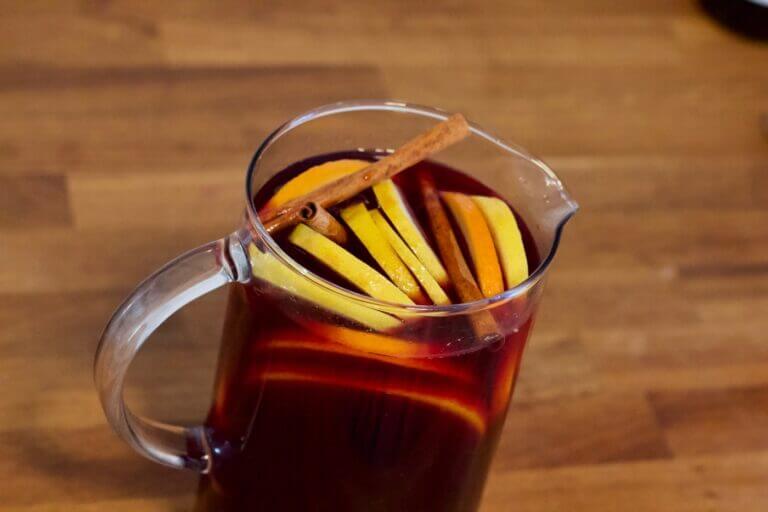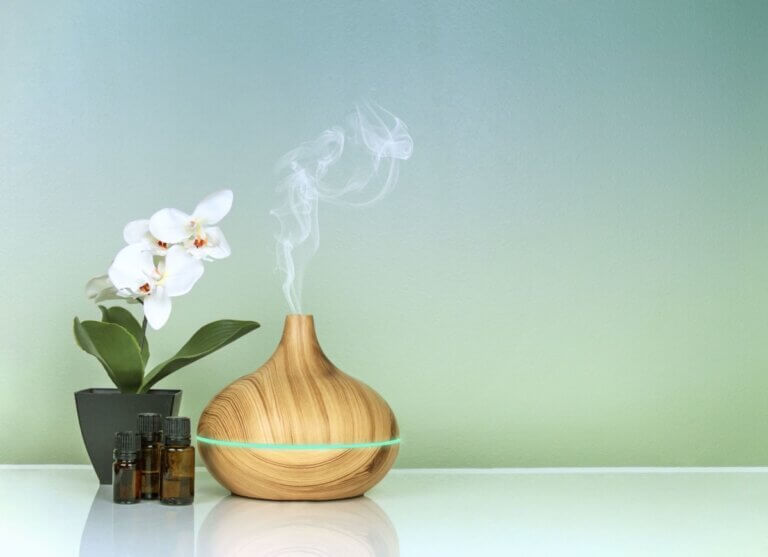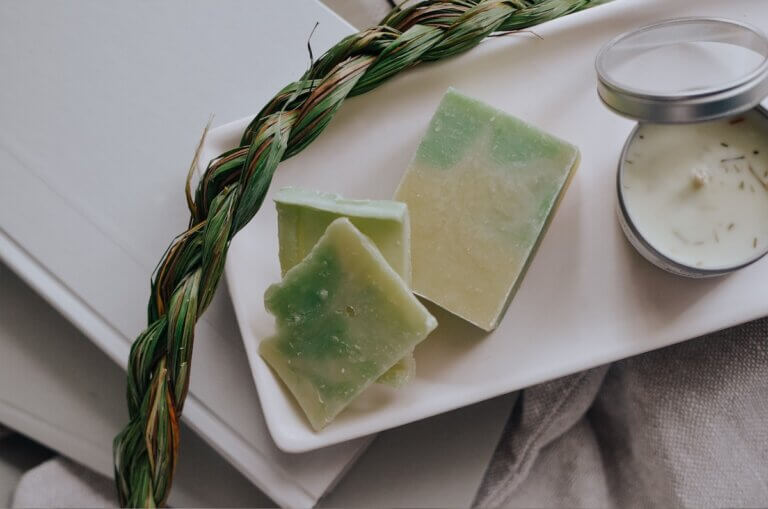Sowing heat-seeking plants in early June
The popularity of growing vegetables in your own yard has experienced unprecedented growth this spring during COVID-19. As the temperature rises, there are many warm-weather vegetables you can sow directly in your garden. Warm-weather crops are those that will not tolerate frost when first seeded or planted out as seedlings. Also, they produce best in pre-warmed soil, over 20C. For this reason, they are generally planted, or seeds sown, in June. This early June gardening guide will get you off to a good start.
Beans
There is much to say in support of growing beans (but not all beans need support!). Beans direct sow very easily in warm, well prepared soil. Snap beans are easy to grow in small gardens as they “bush up” into compact plants that produce a generous quantity of beans for the table. One plant will “crop” for up to two weeks. Sow successive crops, every 10 days to two weeks, beginning as soon as the soil is nice and warm (about 18C) until late July. Begin harvesting when the pods are tender and the thickness of a pencil. Harvest often to extend production. Runner beans are edible and attractive. They do need support, at least two metres high.
Cabbage
Late varieties can be sown directly in the garden now. Plant in well-drained soil, amended with quality compost. Cabbage requires a consistent source of water during the growing season. Mature plants can withstand frost at the end of the season.
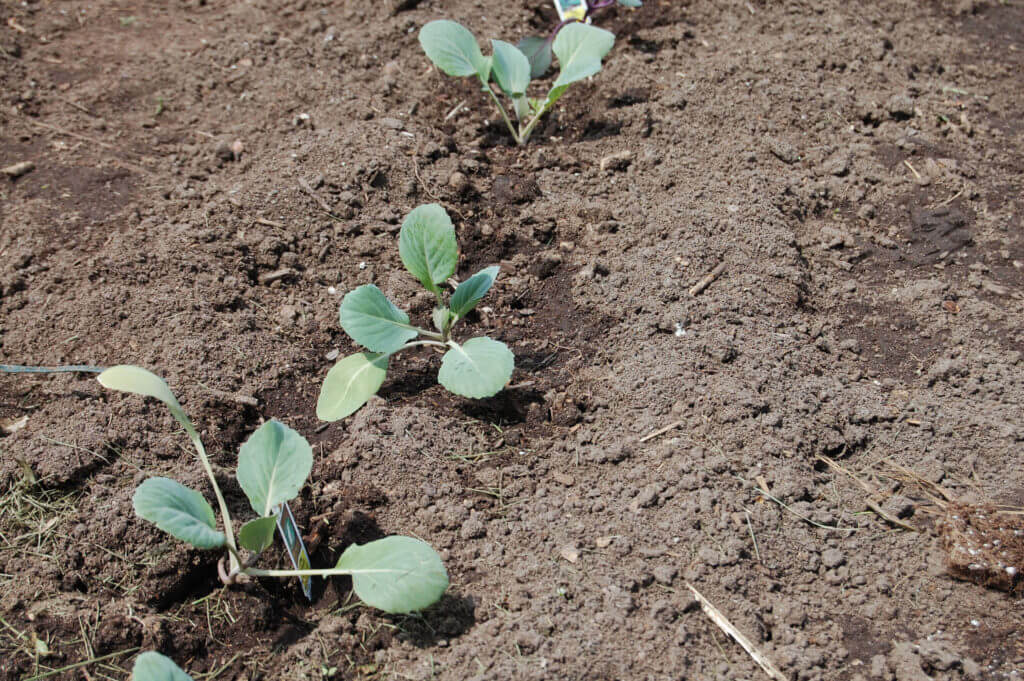
Corn
Sow outdoors directly in the soil as soon as the soil warms up. Corn plants are heavy feeders and require nutrient-rich soil. Water well, especially when tassels and ears are developing. A common question we hear from gardeners is “when do you harvest corn?” As soon as you see the silks appear, start the countdown. Wait three weeks and then it is time to harvest. The roots of corn plants are shallow. Be careful when weeding near the base of the plants to avoid disturbing the roots.
Cucumber
Choose a site in full sun with well-drained soil. Amending the soil with quality compost will improve your harvest. Sow seeds outdoors when the soil has warmed up to 20C. Cucumbers need good air circulation. Plant three seeds in each hill of soil. Space the hills two metres apart. Install a trellis over each mound to support plants as they grow.
Related Articles
Pumpkins and Squash
Pumpkins and squash are great crops as they store well and can be sown direct, harvesting late in the season after they have had time to develop size and sugars. Having home-grown pumpkins to put out around Halloween is fun and made better when those pumpkins are turned into pie come November (after the Hallowe’en candy is gone, of course).
While you probably don’t think of these crops as climbers, it is helpful to have short structures for them to climb in the garden to get the leaves off of the ground and minimize the threat of fungal disease by promoting airflow. For bigger pumpkins, pick off all blossoms after three or four fruits have formed. This allows the plant to focus energy on the remaining fruit growth.
Waltham Butternut is a sweet, reliable squash that stores well, and Spaghetti Squash is a fun one if there is anyone in your family avoiding carbs; simply scrape out the interior of the squash and blanche for a healthy pasta alternative. “Small Sugar” is a compact pumpkin that packs a punch for sweet, late season pies.
Sow in warm, well-drained soil in a sunny spot. Water well during flowering and fruit development and during dry weather. Apply water at the soil surface to avoid wetting the foliage. This will reduce the chance of disease problems.
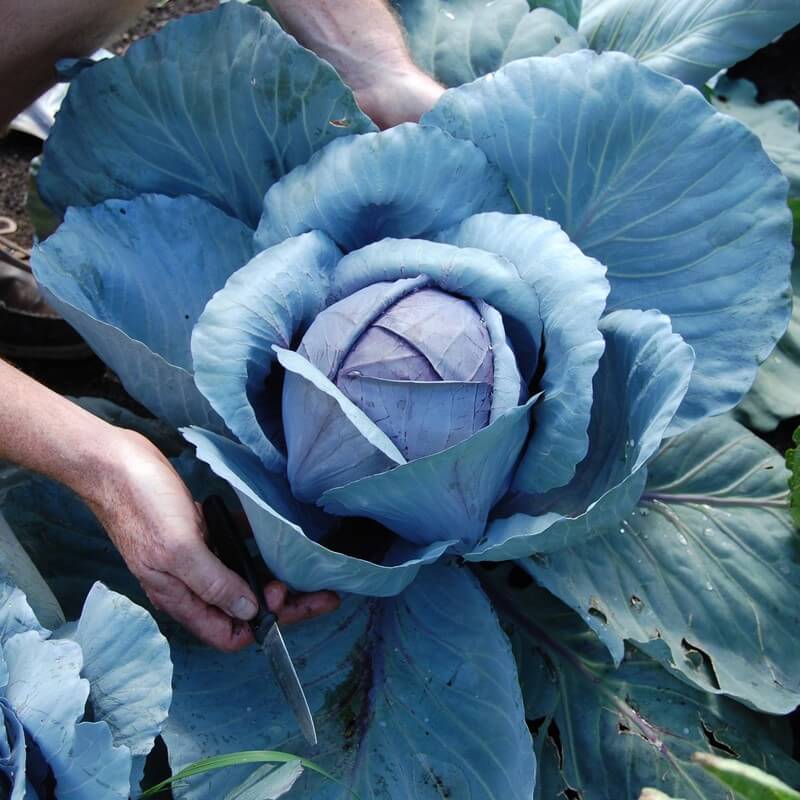
Harvest regularly to extend production of new fruit. Summer squash is a good candidate for container growing. Fill a half-barrel with quality soil, ensuring adequate drainage at the base of the container. One plant will fill the container.
Heat-loving crops grow best when planted in hills, small mounds of soil. Heat radiates down to the root zone during early stages of plant development.
Remember to enjoy the experience of growing your own food. The value, after all, is not just in the quality and taste of growing your own, but also the journey.
READ MORE: Upgrade Your Backyard for Fun Outdoor Living

